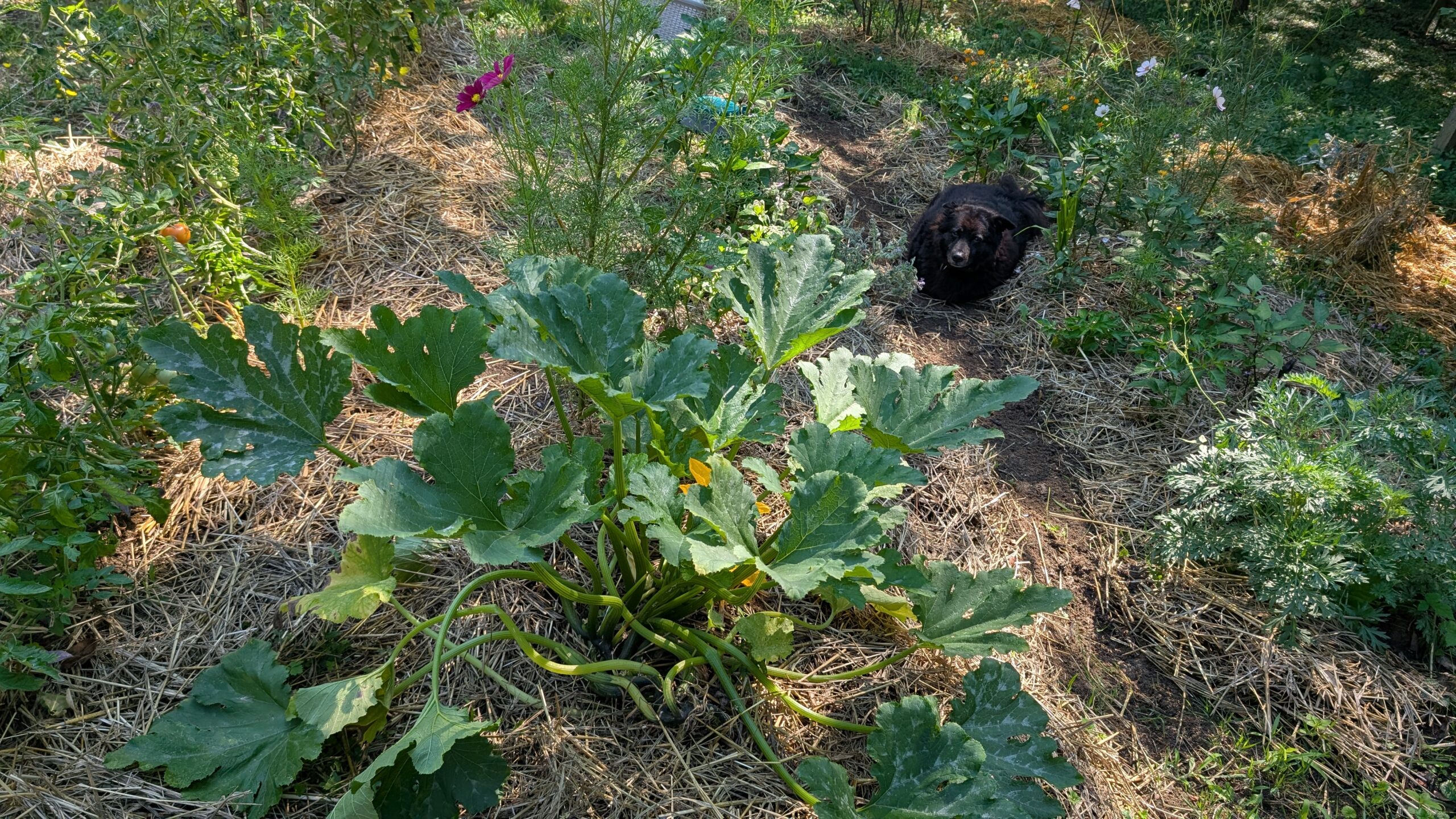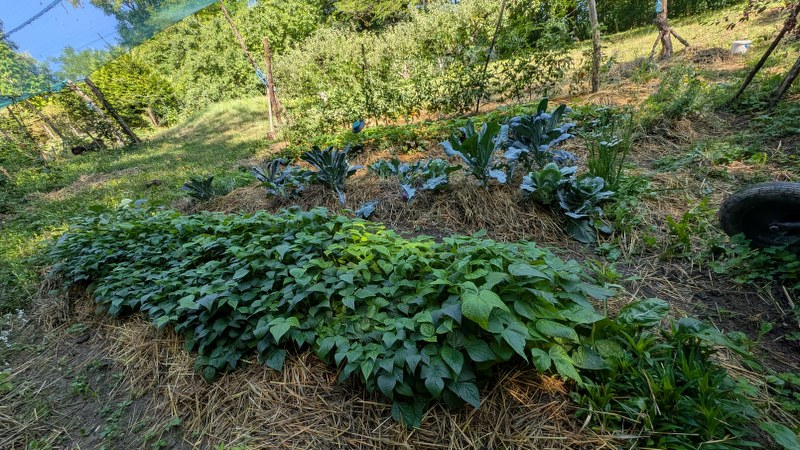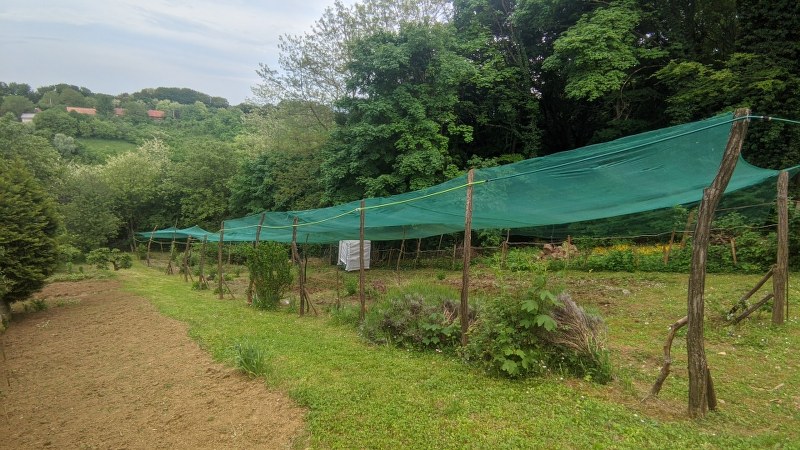Last year I made ajvar for the first time in my own kitchen and completely alone. Of course, that meant that I also had to clean the ajvar mess alone and that’s the experience I don’t want to do again. The boiling ajvar was squirting everywhere, messing up half of the kitchen, including the ceiling. I really wasn’t in the mood to clean everything again, not after all the pickling and cleaning I did this year, so I’ve decided to make the ajvar in the oven this year.
I made the small amount of the baked ajvar last year as the testing batch and it turned out my hubby preferred the baked ajvar over the cooked one. The baked ajvar is a bit darker and thicker than the cooked one, but the general taste is the same.
 |
| Oven-baked ajvar 2021 |
 |
| Pot cooked ajvar 2020 |
The ingredients for the oven-baked ajvar were completely the same as the “normal” ajvar:
- 10 kilos(22lbs) of peppers
- 3 kilos (6.6lbs)of eggplants
- 2 spoons(soup spoon) of sugar
- 2 spoons of salt
- 0.5 – 0.7 liters (0.13-0.18 gallons) of oil
- 4 spoons of vinegar
- garlic powder
- chili powder (optional)
The beginning of the process is the same as with the pot cooked ajvar. The peppers and eggplants are baked at 180°C (356°F) for 10-15 minutes depending on the size and thickness of the peppers. Once they are baked, they are placed in the pots and covered to fully cool down.
After the peppers and eggplants cool down, they are peeled and left to completely drain in the colander. The draining of the peppers can be even better if we freeze the peppers after baking. It’s enough to leave them in the freezer for 48h and then leave them in the colander. Once the peppers start defrosting they will let out even more water, making their flesh even drier and the Ajvar will bake easier.
The first time ajvar can be covered with foil that has holes for the steam release, but later on, the mixture needs to be baked without the cover.
This is the part which I love about oven-made ajvar. You can bake it as long as you like, turn the oven off, and just leave the tray in the oven until the next day when you continue baking it. In total it will take around 4 to 5 hours to bake. I’ve made it over 3 days. I’ve baked it for two hours the first day, turned off the oven, and left it in the oven to cool down, continued the next day for another 2 hours, and finished it on the third day.










Leave a Reply